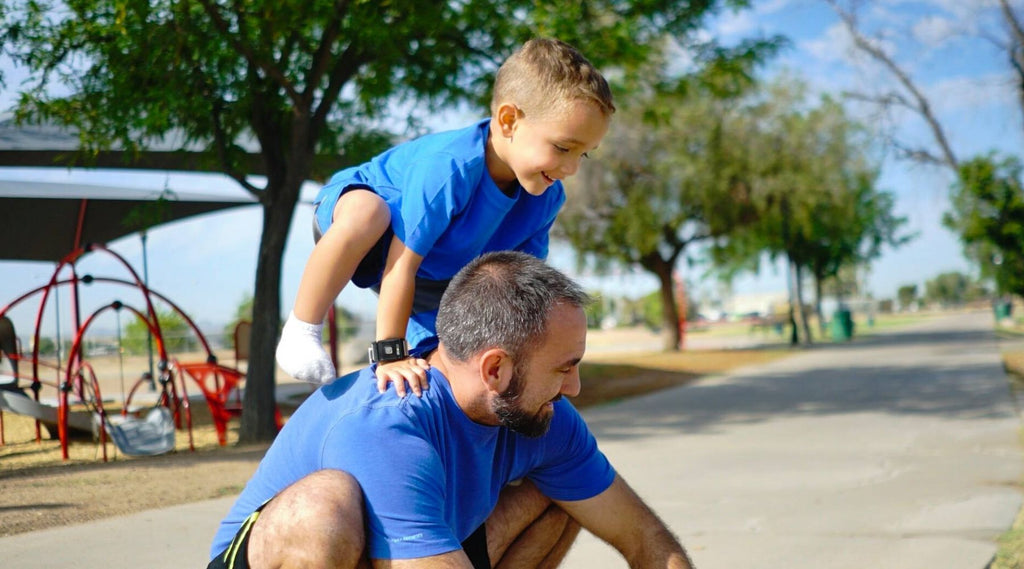The Use of Wearable Technology for Rehabilitation

The Use of Wearable Technology for Rehabilitation
When one thinks of wearable technology, the first thing that comes to mind is fitness bands or smartwatches and augmented reality (AR) headsets. Only a few people know that wearable tech is much more than that. In the healthcare sector, advancements in technology are crucial. What was initially thought to be impossible is now being done and carried out on a regular basis. Take remote patient monitoring; technology has allowed patients to connect with their physicians even if they are miles away. In terms of rehabilitation, many experts believe that innovations can be possible through the use of wearable technology.
The Challenges of Post-Surgery Rehabilitation in Healthcare
The American College of Sports Medicine claims that since wearable technology is a popular fitness trend, it can be further harnessed to improve patient rehabilitation, especially those who need to undergo intense physical rehabilitation after a procedure. Orthopedic surgeons admit that one of the pitfalls of rehabilitation is the lower follow-up rate of patients and compliance rates on their medical advice, especially when it comes to a patient’s physical activity. For instance, a previously active athlete who needed patellar surgery may not listen when their attending physician warns them to limit their physical activity. The same thing can be true for someone who leads a sedentary lifestyle. They may use the injury as an excuse to lessen their activities even when their surgeon advised them to do some light walking.
Current Wearable Technologies that Help in Speeding Up Rehabilitation
Some wearable technologies of today can address follow-up and activity issues by tracking a patient’s activities after their surgery. This technology allows a surgeon to track their patient’s activities remotely through the Internet of Things (IoT) and monitor wound healing through temperate measurement.
Another useful wearable technology feature is by using a combination of sensors, biometrics, and algorithms to analyze motions or simply motion analytics. More than just counting the steps of an individual, wearable technology can provide users and their physicians with meaningful and relevant data that they can use to improve patient management.
Wearable technology can also be actively used in the rehabilitation process by using sports biomechanics to formulate training programs and adjust training devices to make sure that the patients use equipment that is tailor-fit to their needs. As the patient wears the bands while doing their exercises, doctors and physical therapists can directly assess the kinetic and kinematic movements to analyze flexibility, strength, balance, and speed, which are all crucial in predicting the success of the rehabilitation program.
Regulation of emotion is another useful yet unexploited value of wearable technologies. Patients that are recovering from a personal injury often have a delayed healing process. According to www.rbrlawfirm.com/personal-injury-lawyers/, it could be because, aside from dealing with the physical wounds, they also have to deal with their emotional burdens. Wearable technologies can help patients manage their stress levels and calm their nerves, allowing them to focus on what matters.
Touchpoint Wearable Technology
Touchpoint technology uses bilateral alternating stimulation tactile (BLAST) or subtle micro-vibrations that travel to the brain to change the body’s response to stressors, making them calmer and more at ease. Aside from reducing stress levels, it also helps reduce a patient’s accompanying symptoms, such as headaches, insomnia, and chest pains.
Wearable technology is one of the fastest-growing technologies of today. It has benefitted many individuals, mainly those who use it for their fitness. More recently, it is seeing extensive usage among those in the healthcare industry, particularly patients who need to undergo physical rehabilitation after a surgery or a severe physical injury.
*This blog post was written by Cameron Fischer.
-
Posted in
Health




